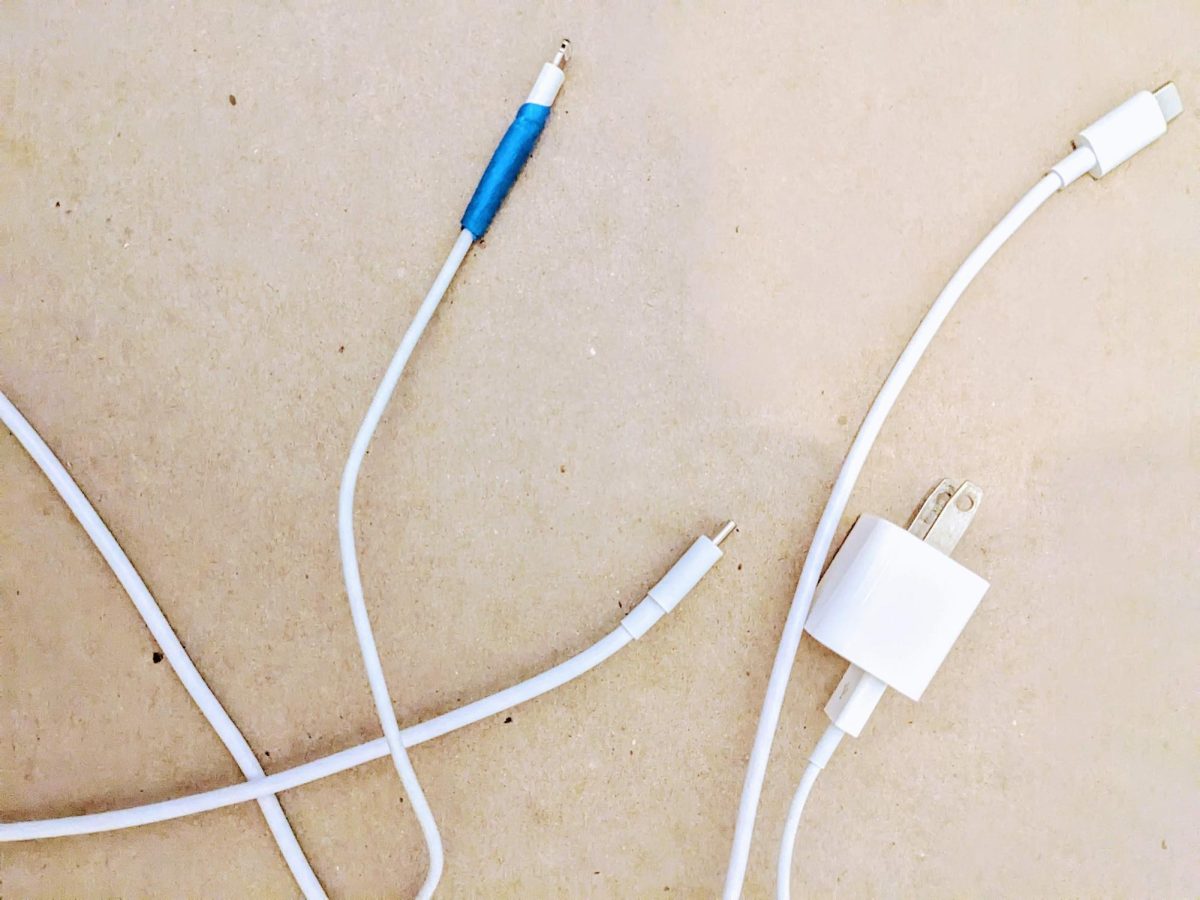Recently, Apple announced a huge switch.
Their new products will no longer use the Lightning charger and instead use the popular USB-C.
In October 2022, the European Union released a mandate for electronic devices to have a common charging port—the USB-C port. They also directed that customers must be given the option of buying a cable with their device or not.
The Council reasoned, “Having a common charger will improve consumer convenience by harmonizing charging interfaces and fast charging technology and will significantly reduce electronic waste.”
These effects are sure to prove worthwhile. However, there may be initial harm to the environment. A survey by an online tech trading site, Decluttr, found that 55% of respondents trashed their old iPhone chargers as they are not compatible with the new iPhone 15. The metal wiring will then end up in landfills and pollute the surrounding environment.
While it is a concern that many iPhone users are throwing away old chargers to make way for the adoption of USB-C chargers, this is most likely the final change to charger ports, meaning there won’t be a need to change chargers and throw away old ones later. Over time, this will pay off.
In the meantime, any iPhone users switching to new models should safely dispose of their old chargers by trading them in or taking them to a recycling center.
E-waste isn’t a new issue. In 2021, the World Health Organization reported rising e-waste and its toxic effects, including drastic health impacts such as birth defects for infants of pregnant women, ranging from stillbirth to developmental struggles and cardiovascular diseases.
According to the University of Washington’s Electrical Engineering Department, “Despite making up only 2% of the trash in landfills, e-waste accounts for nearly 70% of the toxic heavy metals in these landfills.” The fine particles travel through the air over long distances and can pollute waterways and soil, which in turn contaminates drinking water and surrounding ecosystems, leading to the aforementioned health side effects and declining plant and animal populations.
Furthermore, e-waste that ends up with other waste can start fires with their lithium batteries. These fires can be dangerous for trash and recycling facilities and can slow down progress even more while also contributing to a more toxic environment.
While Apple made the choice to switch to the common USB-C charger, it is the users’ choice to properly dispose of their old Lightning chargers and help avoid the toxic spread of chemicals in the environment.
Even still, e-waste that is considered safely recycled negatively impacts the environment, especially when e-waste is shipped to countries with fewer regulations and enforcements for environmentally friendly practices.
E-waste is projected to increase in the coming years, which is why it is important to instead work to decrease the amount of e-waste produced. Apple’s switch to a common charger ultimately will aid with this effort even though its immediate effects do not.
To further this cause, in 2021, President Biden passed an executive order for the “Right to Repair” to ensure that customers have the option of having their electronics repaired rather than needing to replace them.
Efforts that reduce e-waste are underway, but more needs to be done to lead to significant change, and Apple’s choice is one of many in the right direction.




























































































